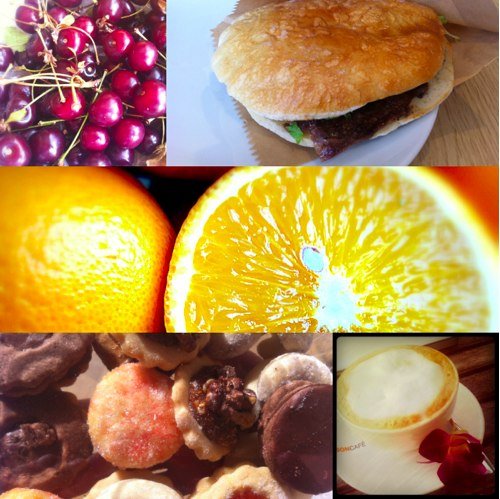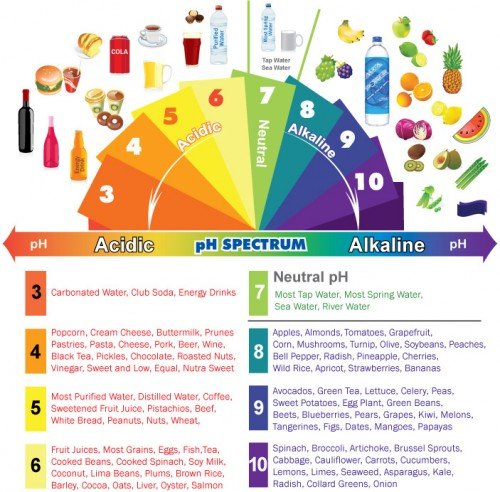Chris Carr, a wellness expert, has compiled a diagram of the acidity and alkalinity of products.


3. Carbonated water, energy drinks, soda.
4. Popcorn, cream cheese, buttermilk, prunes, pastries, pasta, cheese, pork, wine, beer, black tea, pickles, chocolate, roasted nuts, vinegar, sweets and
5. Enriched water, distilled water, coffee, fruit juice with sugar, pistachios, beef, white bread, peanuts, nuts, wheat. 6. Fruit juices, most cereals, eggs, fish, tea, cooked legumes, cooked spinach, soy milk, coconut, plums, Lima beans, brown rice, barley, cocoa, oats, liver, oysters, salmon.
7. Tap water, spring water, sea water, river water.
8. Apples, almonds, tomatoes, grapefruit, corn, mushrooms, olives, turnips, soybeans, peaches, bell peppers, radishes, pineapple, cherries, wild rice, apricot, strawberries, bananas.
9. Avocado, green tea, lettuce, celery, peas, sweet potatoes, eggplant, green beans, beets, blueberries, pears, grapes, kiwi, melons, tangerines, figs, figs, dates, mango, papaya.
10. Spinach, broccoli, artichoke, Brussels sprouts, white cabbage, cauliflower, carrots, cucumbers, lemons, limes, seaweed, asparagus, kale, greens, onions.
Just in case, I went through other sources and got acquainted with the information indicated there on the acidity of the products — the data practically coincide, so that the spectrum is quite possible to use.